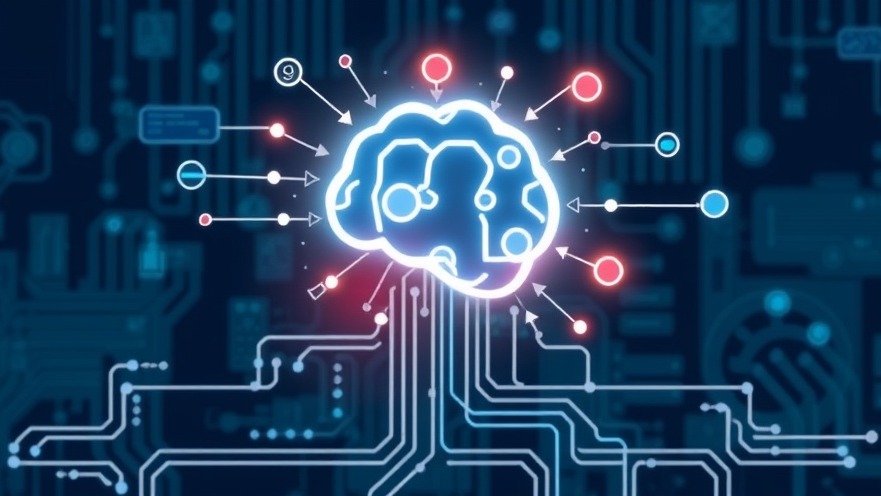
Revolutionizing Distributed Deep Learning: The OptiReduce Approach
In the ever-evolving world of technology, the limitations of distributed deep learning across cloud environments have become increasingly apparent. Traditional methods, reliant on perfect communication between servers, significantly hinder efficiency, especially as the scale of machine learning models grows. The introduction of OptiReduce signals a transformative approach that prioritizes realistic performance over idealistic perfection.
Understanding the Challenges of Distributed Deep Learning
As AI and machine learning models expand, so does the necessity for distributed deep learning—where numerous servers collaborate to process data. However, these cloud computing environments often experience congestion as multiple workloads intersect, leading to delays. This situation lead to the need for a solution that could better manage communication among servers while maintaining a satisfactory level of performance.
How OptiReduce Changes the Game
OptiReduce emerges as a response to these challenges, enhancing training speed for AI and machine learning projects. Instead of insisting on flawless communication among servers—which can slow down training—this innovative system employs a more flexible model. By setting adaptive time boundaries that allow data transmission to continue without waiting for stragglers, OptiReduce drastically reduces latency.
The Trade-off: Accepting Imperfection for Efficiency
While some data loss during communication is inevitable, OptiReduce employs advanced mathematical techniques to approximate the missing information. This willingness to accept imperfection in order to enhance overall efficiency acknowledges a crucial lesson from tech history: perfect is often the enemy of good. This strategic compromise allows trainers to achieve target accuracy faster than competitors relying on traditional methods.
Future Trends in Machine Learning Communication
The shift from general-purpose communication protocols to more domain-specific solutions in distributed deep learning resembles the progression seen in computational hardware—where specialized GPUs dramatically improved machine learning performance. As AI continues to grow in complexity, similar advancements in communication systems like OptiReduce could become industry standard.
The Broader Implications of This Research
This novel communication-collective system's implications extend beyond efficiency. It represents a broader trend in AI development, where adaptability becomes more crucial than ever. As the computational demands of artificial intelligence expand, tools that streamline data processing without compromising on the output quality will shape the future landscape of technology.
In conclusion, the evolution of distributed deep learning with innovations like OptiReduce is a strong reminder of the need to embrace change and adaptation in technology—a message that resonates not just in the realm of machine learning but across all tech-related fields. The future of AI lies in finding balance, prioritizing efficacy over perfection, and harnessing the potential of emerging solutions.
 Add Row
Add Row  Add
Add 




Write A Comment